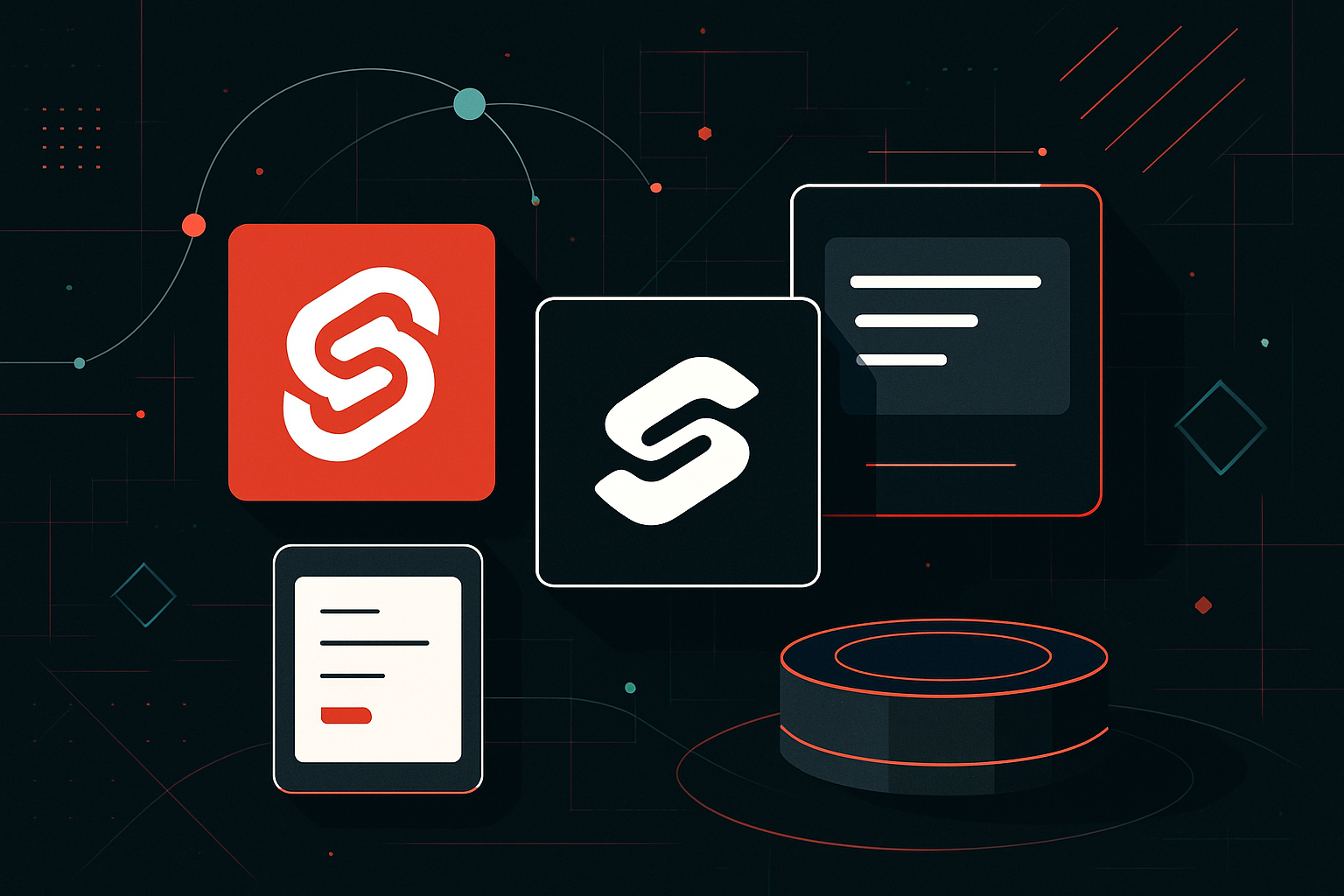How to Implement Disaster Recovery in the Cloud

18
Mar
Understanding Disaster Recovery in the Cloud
Disaster recovery (DR) in the cloud is a crucial strategy for ensuring business continuity in the face of unexpected events like data breaches, server failures, or natural disasters. By leveraging cloud technologies, organizations can create scalable, cost-effective, and efficient DR plans. This article provides a detailed guide on implementing disaster recovery in the cloud, including technical explanations, practical steps, and examples.
Key Components of Cloud Disaster Recovery
1. Data Backup and Storage
- Cloud Storage Services: Use cloud storage services such as Amazon S3, Azure Blob Storage, or Google Cloud Storage to back up critical data.
- Data Redundancy: Implement data redundancy by storing copies of data in multiple geographic locations.
2. Replication and Synchronization
- Real-time Data Replication: Utilize tools like AWS Database Migration Service or Azure Site Recovery to replicate data in real-time.
- Periodic Synchronization: For less critical data, schedule periodic synchronization to reduce costs.
3. Automated Failover
- Load Balancers: Deploy cloud-native load balancers (e.g., AWS Elastic Load Balancing) to automatically redirect traffic in case of failure.
- DNS Failover: Implement DNS failover strategies using services like AWS Route 53 or Azure Traffic Manager.
Steps to Implement Cloud Disaster Recovery
Step 1: Assess and Identify Critical Assets
- Inventory Management: Catalog all IT assets and prioritize them based on their criticality to business operations.
- Risk Assessment: Identify potential risks and their impact on each asset.
Step 2: Select a DR Strategy
| Strategy Type | Description | Use Case |
|---|---|---|
| Backup and Restore | Simple backup and retrieval from the cloud | SMEs with limited budgets |
| Pilot Light | Minimal infrastructure is always running | Cost-conscious businesses |
| Warm Standby | Scaled-down version of the full environment is active | Mid-size businesses |
| Multi-Site | Multiple active sites ready to take over immediately | Enterprise-level organizations |
Step 3: Design and Implement the Solution
- Infrastructure as Code: Use tools like Terraform or AWS CloudFormation to automate the deployment of DR infrastructure.
- Network Configuration: Set up virtual networks, subnets, and security groups to mimic your on-premises environment.
Step 4: Data Protection and Management
- Encryption: Encrypt data at rest and in transit using services like AWS KMS or Azure Key Vault.
- Access Control: Implement role-based access control (RBAC) to restrict access to sensitive data.
Step 5: Testing and Validation
- Regular DR Drills: Conduct regular DR drills to test the effectiveness of the plan.
- Automated Testing Tools: Use tools like AWS Fault Injection Simulator to automate failure scenarios and validate recovery processes.
Technical Implementation Example: AWS Pilot Light
# AWS CLI commands to set up a pilot light architecture
# Create an AMI from an existing instance
aws ec2 create-image --instance-id i-1234567890abcdef0 --name "PilotLightAMI"
# Launch a minimal EC2 instance using the AMI
aws ec2 run-instances --image-id ami-12345678 --instance-type t2.micro --key-name MyKeyPair
# Set up an RDS read replica
aws rds create-db-instance-read-replica --db-instance-identifier MyReadReplica --source-db-instance-identifier MySourceDB
Monitoring and Maintenance
- Continuous Monitoring: Implement monitoring solutions using AWS CloudWatch or Azure Monitor to track the health of DR components.
- Plan Updates: Regularly review and update the DR plan to incorporate changes in the IT environment or business processes.
Cost Considerations
- Storage Costs: Evaluate the cost of storing data in different regions and tiers.
- Compute Resources: Assess the cost of maintaining standby instances or multi-site deployments.
| Cost Component | AWS Example (Monthly) | Azure Example (Monthly) |
|---|---|---|
| Data Storage | $0.023 per GB (S3 Standard) | $0.0184 per GB (Hot Blob) |
| Compute (t2.micro) | $8.32 per instance | $14.60 per instance (B1S) |
| Load Balancer | $18.00 | $20.00 |
Security and Compliance
- Compliance Frameworks: Ensure the DR plan complies with industry standards such as ISO 27001 or GDPR.
- Security Best Practices: Regularly review security settings and update policies to protect against new vulnerabilities.
By following the steps and strategies outlined above, organizations can build a robust disaster recovery plan in the cloud that ensures minimal downtime and quick recovery in the event of a disaster.





0 thoughts on “How to Implement Disaster Recovery in the Cloud”